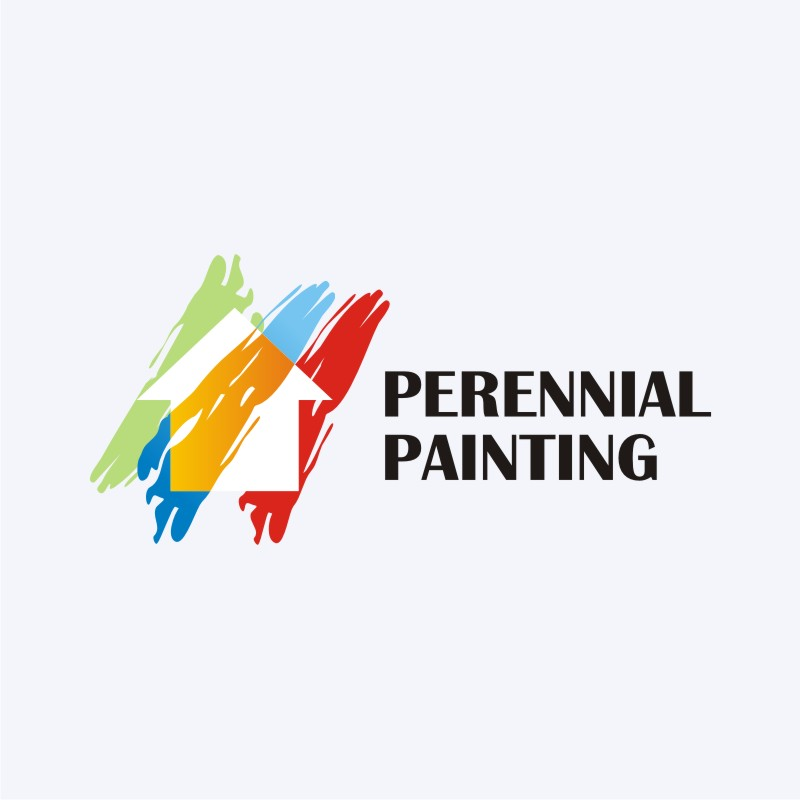Comprehending Seasonal Influences On Commercial Exterior Paint: Essential Expertise For Success
Comprehending Seasonal Influences On Commercial Exterior Paint: Essential Expertise For Success
Blog Article
Authored By-Ford Skafte
When you're intending an industrial exterior paint task, seasonal variables can make or damage your outcomes. You'll want to think about how temperature level and humidity effect paint application and drying times. Selecting the ideal season can guarantee your paint adheres effectively and lasts longer. Yet which seasons are really the most effective for this kind of job? Allow's check out the key elements that can affect your task's success.
The Impact of Temperature Level on Paint Application
When you're planning an industrial external painting task, the temperature can considerably influence just how well the paint adheres and dries out.
Preferably, you intend to repaint when temperature levels range in between 50 ° F and 85 ° F. If it's as well chilly, the paint may not treat properly, bring about concerns like peeling or breaking.
On the other hand, if it's also hot, the paint can dry out as well swiftly, preventing proper bond and resulting in an unequal surface.
You need to likewise consider the moment of day; morning or late afternoon supplies cooler temperature levels, which can be extra positive.
Always check the manufacturer's suggestions for the certain paint you're utilizing, as they typically give assistance on the excellent temperature level variety for optimum results.
Moisture and Its Result on Drying Times
Temperature isn't the only ecological aspect that affects your commercial outside painting job; humidity plays a considerable role also. High moisture degrees can reduce drying times dramatically, influencing the general top quality of your paint task.
When the air is filled with dampness, the paint takes longer to heal, which can cause concerns like bad bond and a greater risk of mildew development. If you're painting on a specifically moist day, be gotten ready for extensive delay times in between layers.
It's crucial to keep track of regional weather conditions and strategy accordingly. Ideally, aim for moisture levels in between 40% and 70% for ideal drying out.
Keeping these factors in mind ensures your project stays on track and provides a long lasting coating.
Best Seasons for Commercial Exterior Paint Projects
What's the most effective time of year for your business external painting tasks?
selle painting mn painting and early loss are usually your best bets. During these seasons, temperature levels are mild, and humidity degrees are usually reduced, developing ideal problems for paint application and drying.
Avoid summertime's intense heat, which can trigger paint to completely dry as well promptly, causing bad bond and surface. In a similar way, wintertime's cold temperature levels can hinder appropriate drying out and curing, running the risk of the long life of your paint work.
Aim for days with temperatures between 50 ° F and 85 ° F for ideal results. Remember to inspect the neighborhood weather report for rainfall, as wet conditions can wreck your job.
Preparation around these variables ensures your paint task runs efficiently and lasts longer.
Conclusion
To conclude, planning your business exterior painting jobs around seasonal considerations can make a substantial difference in the end result. By scheduling work during the perfect temperatures and moisture degrees, you'll ensure better adhesion and drying out times. Remember to keep an eye on neighborhood weather prediction and choose the right time of year-- spring and early fall are your best options. Taking these steps will help you accomplish a long lasting and specialist surface that lasts.
